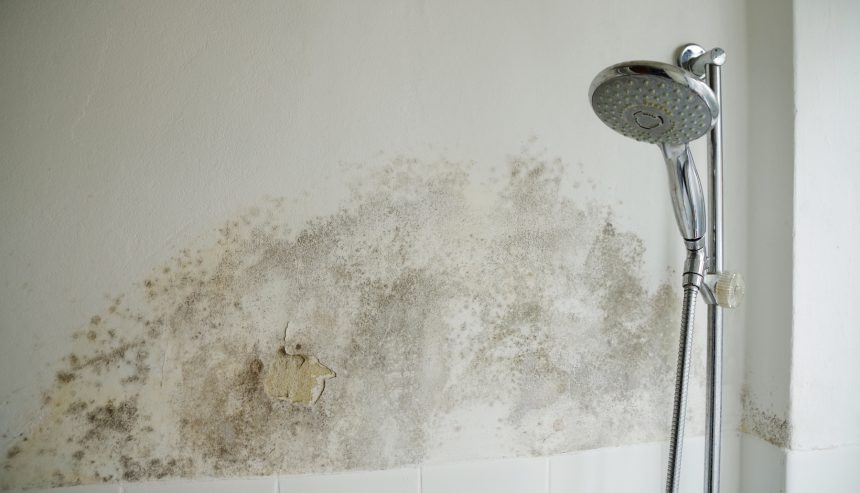What are your opinions with regards to Preventing Water Damage in the Bathroom?

The restroom is incredibly at risk for moist build-up as well as possible water damages due to the frequent use of water in it. This post supplies simple evaluation methods to aid detecting water damage dangers.
The constant use water in the bathroom makes it incredibly prone for wet buildup and potential water damage. By checking it frequently, you can lower water relevant problems.
The adhering to set of inspections is easy to carry out as well as must be done as soon as in every 3 months in order to maintain your bathroom in good shape and to prevent potential water damages triggered by the tub, the shower, pipe joints and plumbing, sinks, cabinets, and the toilet
Do not overlook performing these inspections and be thorough while executing them. Remember that these straightforward examinations can conserve you a great deal of cash by giving very early signs for water damages
Bath tub as well as Shower
The shower as well as tub call for unique focus and also upkeep. Examine the ceramic tiles as well as replace if broken. Ensure that there is no missing out on cement in between the tiles. Inspect and change split caulking at joints where the wall surfaces satisfy the floor or the bath tub. Obstructed drains pipes as well as pipes problems will certainly stop the tub from drying and might suggest major problems under the bath tub. Talk to a professional immediately to stop structural damage. Take notice of discolorations or soft areas around the bath tub wall surfaces as they may show an interior leak.
Plumbing
Signs for water damages are difficult to discover since a lot of pipes are installed inside the wall surfaces.
Pay special focus to floor covering and wall surfaces wetness and discolorations as they may show an undetectable plumbing issue. Examine wetness levels in adjacent rooms too.
Sinks as well as Cabinets
Sinks and closets are subjected to dampness as well as moisture everyday and are commonly neglected. Evaluate on a regular basis under the sink and also on the counter top above it. Fix any kind of drip in the trap as it might suggest drainpipe issues. Check out the sink, sluggish draining pipelines might suggest an obstructed drain. Change sink seals if they are cracked or loosened.
The Toilet
The bathroom is a vulnerable water joint. Examine the water lines as well as look for leaks around the bathroom seat, in the hose, as well as under the water container. If you spot any kind of signs of wetness on the flooring around the toilet, look for leakages in the toilet rim and also tank seals.
Understand that hanging commode bowl deodorants raises the chances for blockages.
Water Damage Signs In The Bathroom To Avoid Cleanup
Musty smell
This is one of the easiest signs to catch because musty smells are so odorous. The damp, earthy, moldy smell should be a big red flag. The smell will develop when moisture gets trapped in surfaces, and begins to facilitate mold growth. Leaking pipes under cabinets, inside walls, and behind shower fixtures will cause moisture to stay trapped and not dry, which will lead to mold growth and spread. As soon as you notice any musty smells in your bathroom, have it checked for hidden water damage and cleanup signs.
Visible mold
If the smell isn’t there to give it away, sometimes you will actually see mold growth. Finding mold in your bathroom is a serious problem, because mold is very harmful to your health. By the time mold growth is visible, it also means that water damage has already occurred and been present for some time. The only way the mold problem can be resolved is to find the source of the moisture and get it stopped. To safely and adequately remove mold, you need to have professionals handle the remediation. Do not waste any time in getting mold problems addressed, fixed, and sanitized so that you can protect you and your family from the many respiratory symptoms caused by mold exposure.
Damaged floors
Bathroom floors should be able to withstand some exposure to water while still remaining in good condition. However, when excess exposure or water leaks occur, they will begin to damage even the most water-resistant flooring. If you notice any cracking, bubbling, staining, or warping on your bathroom floors, there is probably a water leak somewhere causing the distortion. If you notice areas of the floor have become softer, or even have a spongy feeling, there is probably damage to the subfloor. Subflooring is typically made up of plywood. When plywood is exposed to water or moisture, it will absorb it. Once it has become saturated, the weight of the excess water will cause the wood to swell and soften. Check the floors in your bathroom frequently to catch any of these sings before they lead to damaged subflooring.
Changes on walls
When water leaks behind walls, it will cause changes in the drywall. Peeling plaster, blistering paint, and soggy wallpaper are all good indicators that excess water is building up behind the wall. Water leaking behind drywall will cause it to swell and be soft to the tough. If you start to notice gaps along the trim of your walls, or where tile meets the wall, it could also be a strong indicator that there is a leak behind the wall. Any changes, distortion, or damage on the walls should be evaluated as soon as you notice it to prevent further water damage and cleanup.

We were shown that report about Preventing Water Damage in the Bathroom from an associate on a different blog. Feel free to set aside a second to share this blog entry if you enjoyed it. Thanks for your time. Visit again soon.
Book An Appointment